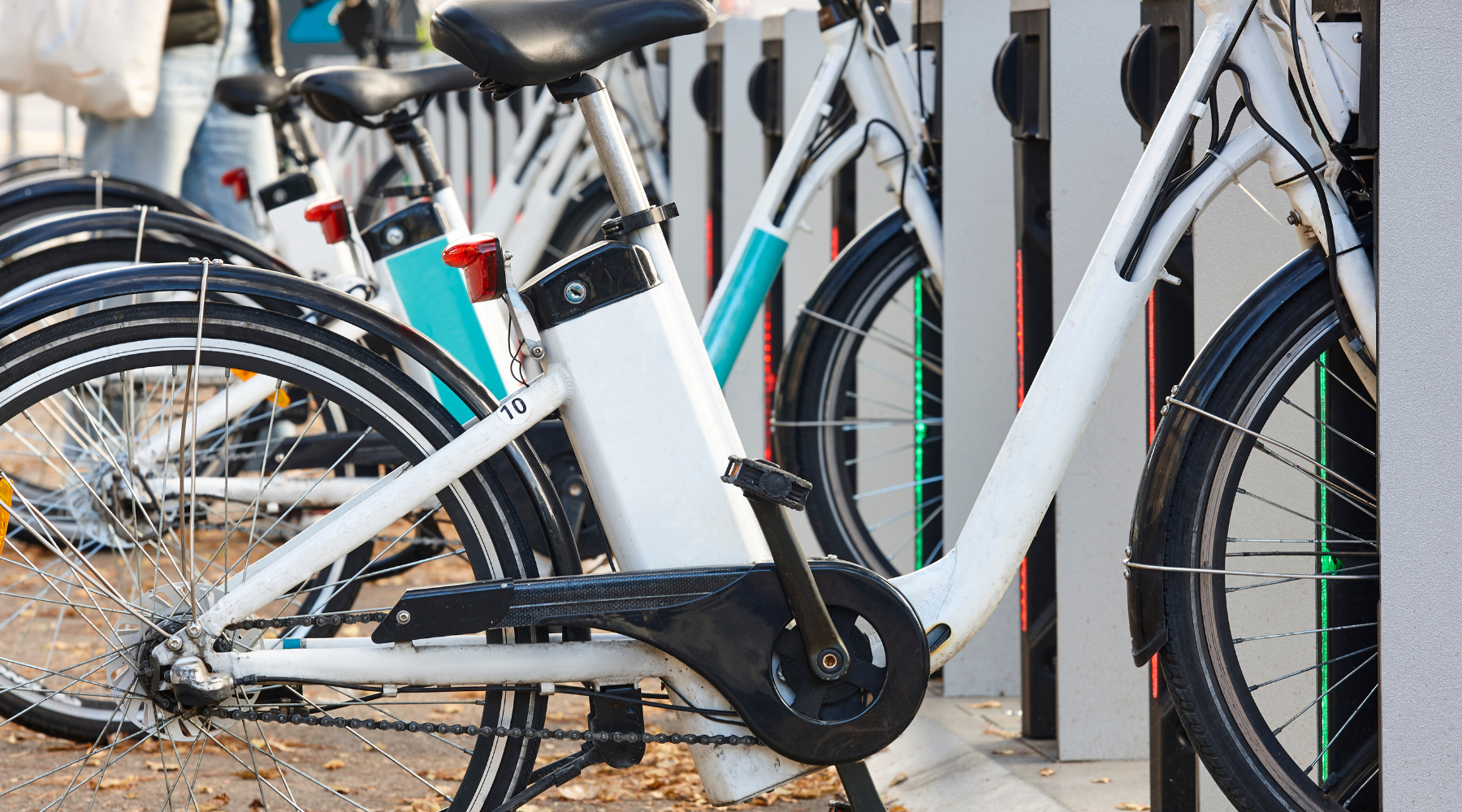With the global rise in e-bike usage, the demand for reliable e-bike battery shipping solutions is higher than ever. These lithium-ion batteries power innovation – but also present risks that require expert handling. That’s why shipping lithium batteries, especially for e-bikes, falls under the category of dangerous goods shipping.
At DG Packaging we specialize in the import and export of dangerous goods, and we’re here to guide you through the key aspects of safe lithium battery transport.
🔥 Why E-Bike Batteries Are Classified as Dangerous Goods
Most e-bike batteries use lithium-ion technology, which makes them efficient and lightweight—but also flammable and potentially hazardous. These batteries are regulated under UN3480 (lithium-ion batteries) or UN3481 (when contained in or packed with equipment).
As experts in dangerous goods logistics, we know how vital it is to understand these classifications and comply with every regulation in place.
⚠️ Key Challenges in Shipping E-Bike Batteries
- Regulatory Compliance
Whether you’re shipping by air, sea, or road, lithium batteries are subject to strict international regulations including IATA, IMDG, and ADR. Failing to comply with battery shipping regulations can lead to delays, fines, or rejected cargo. - Correct Packaging & Labeling
E-bike batteries must be shipped using UN-certified packaging, complete with appropriate hazard labels, lithium battery handling marks, and compliant shipping documents. - State of Charge (SOC) Restrictions
Air shipments must not exceed 30% SOC for loose lithium-ion batteries. This is one of the most commonly missed lithium battery shipping requirements. - Detailed Documentation
Documents like the Shipper’s Declaration for Dangerous Goods, MSDS, and transport paperwork must be accurate and complete to ensure smooth international battery shipping.
✅ Best Practices for Safe and Compliant Battery Shipping
- Partner with Certified DG Experts
Work with a certified dangerous goods shipping company that understands the complex regulations of lithium battery logistics. - Pre-Shipment Inspections
Double-check that your packaging, labeling, and documentation are compliant before handing over to carriers. - Team Training
Ensure all staff handling these shipments are properly trained in dangerous goods awareness. - Stay Informed
Regulations change frequently. Staying up to date helps prevent delays and keeps your operations safe and efficient.
📦 Case Study: Real-World Lithium Battery Shipments
We don’t just talk about dangerous goods logistics, we deliver it. Here are real examples of e-bike and equipment battery shipments we’ve successfully completed:
🔋 1. Porirua, NZ → Melbourne, Australia
- Contents: E-bike lithium batteries (UN3480)
- Mode: Air freight (fully regulated)
- Cost: $1,318.34 NZD
- Transit Time: 4 days
- Outcome: Cleared without delay thanks to compliant packaging and IATA documentation.
🔋 2. Napier, NZ → Brisbane, Australia
- Contents: E-bike lithium batteries (UN3480)
- Mode: Air freight
- Cost: $1,202.94 NZD
- Transit Time: 5 days
- Outcome: Delivered safely with full regulatory compliance.
🔋 3. Auckland, NZ → Costa Rica
- Contents: Equipment lithium batteries (UN3481 – contained in equipment)
- Mode: Air freight
- Cost: $1,072.05 NZD
- Transit Time: 8 days
- Outcome: Smooth international shipment with accurate documentation and labeling.
🔋 4. Auckland, NZ → Los Angeles, USA
- Contents: E-bike lithium batteries (UN3480)
- Mode: Air freight
- Cost: $1,288.83 NZD
- Transit Time: 6 days
- Outcome: Arrived on time and fully compliant with U.S. lithium battery import regulations.
These case studies highlight our ability to manage complex DG shipments efficiently – across continents and regulatory zones.
💡 Final Thoughts
As e-bike use grows, so does the importance of proper e-bike battery shipping. Working with an experienced dangerous goods shipping company means fewer headaches, no compliance issues, and safer transport every time.
Looking to ship lithium batteries safely and hassle-free?
Contact DG Packaging today – we’ll handle the dangerous part, so you don’t have to.



